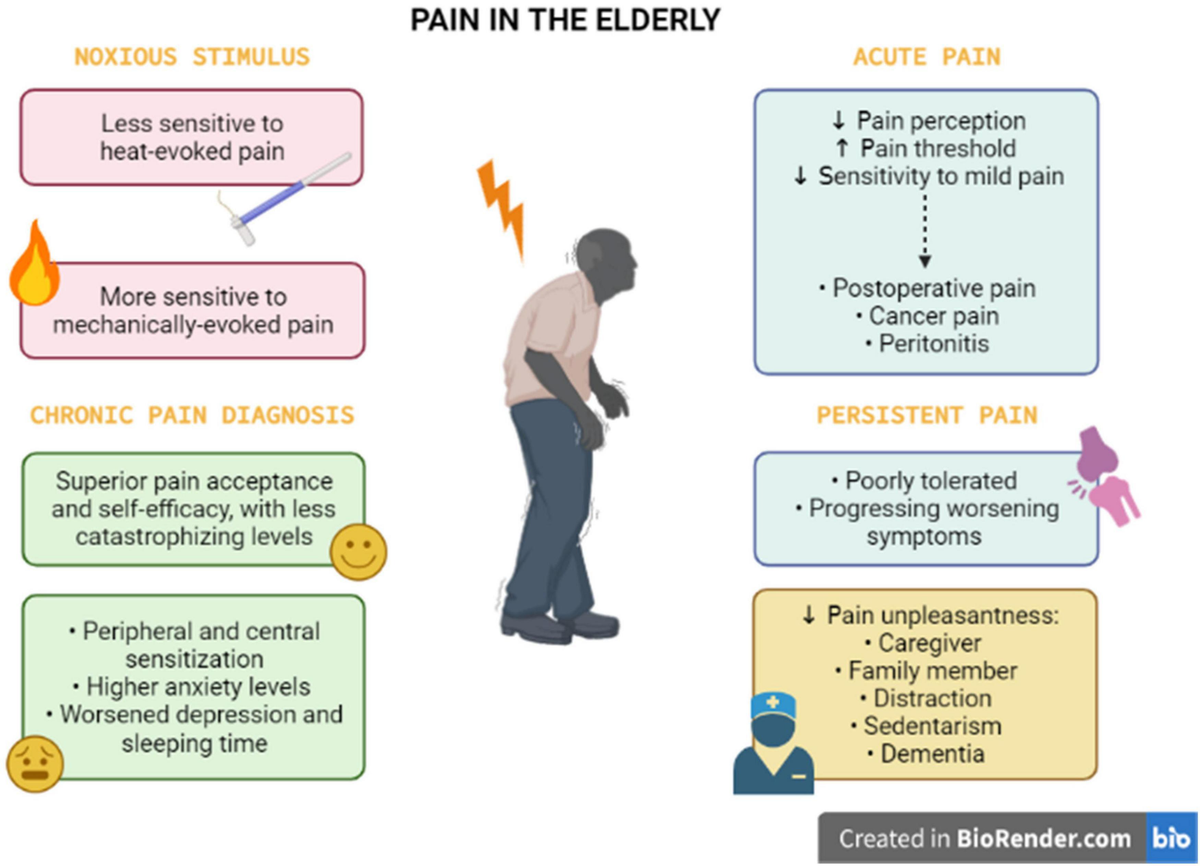
As we age, back pain becomes a common issue that can significantly impact our quality of life. Understanding the causes of back pain in older adults and effective management strategies is crucial for maintaining mobility and overall well-being. In this blog, we’ll explore the common causes of back pain in seniors, suitable exercises and treatments, and the importance of bone density and spinal health.
Common Causes of Back Pain in Seniors
Several factors contribute to back pain in older adults, including:
1. Osteoporosis
Osteoporosis is a condition characterized by weakened bones, making them more susceptible to fractures. In the spine, this can lead to vertebral compression fractures, resulting in pain and decreased mobility.
2. Arthritis
Arthritis, particularly osteoarthritis, is prevalent in older adults. This degenerative joint disease can cause inflammation, pain, and stiffness in the spine, leading to discomfort and reduced range of motion.
3. Degenerative Disc Disease
As we age, the intervertebral discs in the spine can lose hydration and elasticity, leading to degenerative disc disease. This condition can cause pain due to disc herniation or compression of nearby nerves.
4. Muscle Weakness and Imbalances
Age-related muscle loss, or sarcopenia, can weaken the muscles that support the spine. This increases the risk of injury and exacerbates back pain.
5. Poor Posture
Many older adults develop poor posture due to muscle imbalances and lack of strength, which can lead to strain on the back and contribute to pain.
Exercises and Treatments Suitable for Older Adults
Managing back pain in older adults often involves a combination of gentle exercises and treatments. Here are some effective options:
1. Gentle Stretching
Incorporating gentle stretching exercises can help improve flexibility and reduce muscle tension. Consider these stretches:
- Cat-Cow Stretch: A gentle way to stretch and mobilize the spine.
- Seated Forward Bend: Helps to stretch the hamstrings and lower back.
2. Strengthening Exercises
Building core strength is essential for spinal support. Safe strengthening exercises include:
- Chair Stands: Strengthens leg muscles and improves stability.
- Wall Push-Ups: A gentle way to strengthen the upper body without straining the back.
3. Low-Impact Aerobic Activities
Engaging in low-impact aerobic exercises promotes circulation and overall fitness. Options include:
- Walking: A simple and effective way to stay active.
- Swimming or Water Aerobics: The buoyancy of water reduces stress on the joints while providing resistance for strength building.
4. Physical Therapy
Working with a physical therapist can provide personalized exercises and hands-on treatment. A therapist can help develop a tailored program to strengthen muscles, improve posture, and manage pain.
5. Pain Management Techniques
Older adults can benefit from various pain management techniques, such as:
- Heat Therapy: Applying heat to the affected area can help relax muscles and alleviate pain.
- Cold Therapy: Cold packs can reduce inflammation and numb sharp pain.
Importance of Bone Density and Spinal Health
Maintaining bone density and spinal health is crucial for older adults to prevent and manage back pain. Here’s why:
1. Preventing Fractures
Improving bone density through diet, exercise, and possibly medication can help prevent fractures and spinal deformities, which often lead to back pain.
2. Maintaining Mobility
Healthy bones and a strong spine support mobility, allowing older adults to engage in daily activities and exercise, which are vital for overall health.
3. Reducing Pain
A strong, healthy spine can reduce the risk of conditions that contribute to pain, such as herniated discs and osteoarthritis.
4. Improving Quality of Life
Managing back pain effectively enhances the quality of life, enabling older adults to maintain independence and participate in social and recreational activities.
Conclusion
Back pain is a common issue among older adults, but understanding its causes and management strategies can help mitigate its effects. By incorporating gentle exercises, seeking professional treatment, and prioritizing bone health, seniors can effectively manage back pain and maintain their quality of life. Always consult with a healthcare provider before starting any new exercise or treatment plan, as individual needs may vary. Empowering older adults to take charge of their back health can lead to a more active and fulfilling life.

